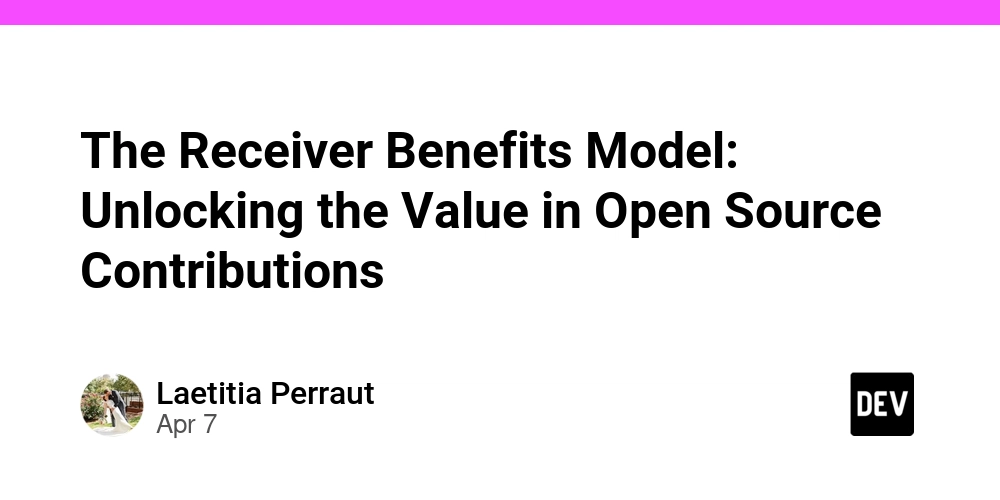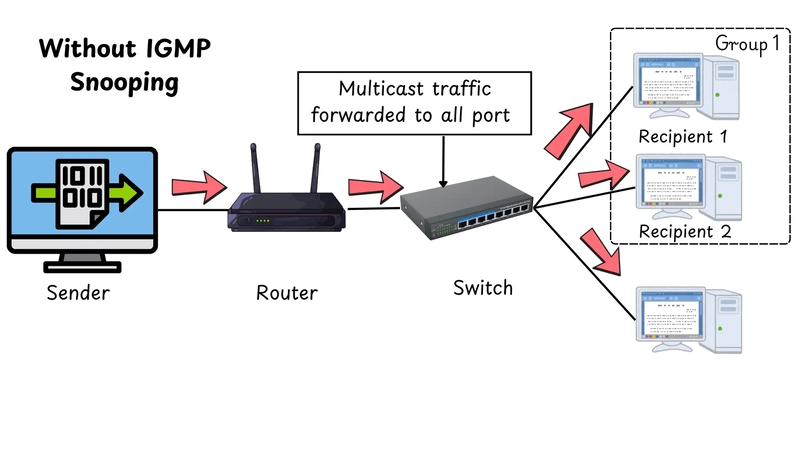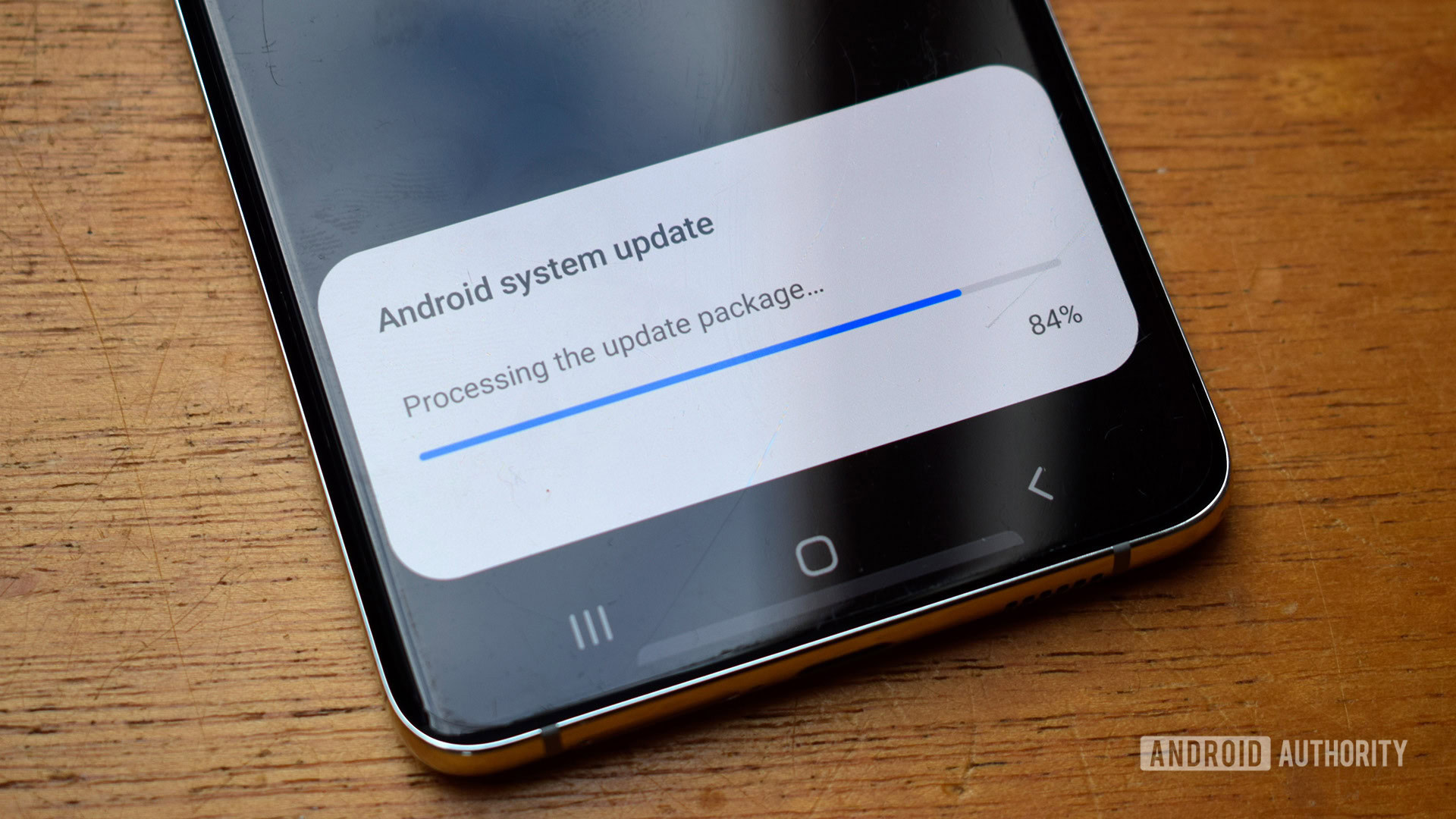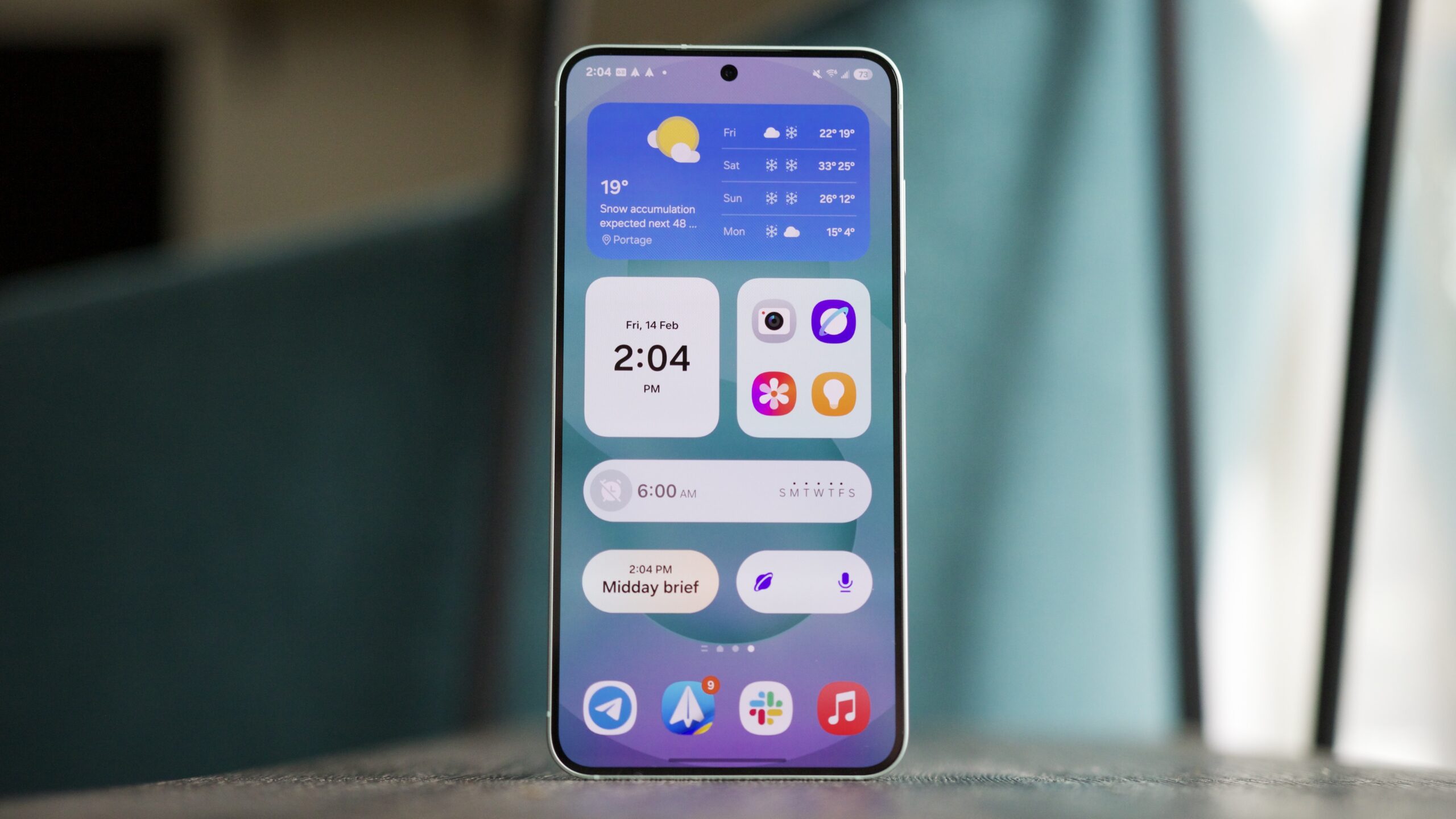The '?' Monster: Understanding Optionals in Swift Once and for All
If you're just starting out with Swift, chances are you've already bumped into it: the infamous question mark (?) and its dangerous cousin, the exclamation mark (!). For many, Optionals seem like a seven-headed beast — an unnecessary complication that just gets in the way. The syntax feels weird, and nil-related errors can be downright frustrating. But what if I told you this “monster” is actually one of your biggest allies when it comes to building safe and robust Swift apps? In this post, we’ll demystify Optionals once and for all. We’ll understand why they exist, how they work, and most importantly — how to use them without fear, turning confusion into confidence. The Problem No One Likes: The Danger of “Nothing” (Null/Nil) Before Swift, many popular languages (like Objective-C, Java before Optional, C++) used a concept called null or nil to represent the absence of a value in a variable. Sounds useful, right? But this approach has a dark side. Imagine you have a variable that’s supposed to hold an object, but for some reason (a bug, missing data), it ends up being nil. What happens if you try to call a method or access a property on that "empty" variable?

If you're just starting out with Swift, chances are you've already bumped into it: the infamous question mark (?) and its dangerous cousin, the exclamation mark (!). For many, Optionals seem like a seven-headed beast — an unnecessary complication that just gets in the way. The syntax feels weird, and nil-related errors can be downright frustrating.
But what if I told you this “monster” is actually one of your biggest allies when it comes to building safe and robust Swift apps? In this post, we’ll demystify Optionals once and for all. We’ll understand why they exist, how they work, and most importantly — how to use them without fear, turning confusion into confidence.
The Problem No One Likes: The Danger of “Nothing” (Null/Nil)
Before Swift, many popular languages (like Objective-C, Java before Optional, C++) used a concept called null or nil to represent the absence of a value in a variable. Sounds useful, right? But this approach has a dark side.
Imagine you have a variable that’s supposed to hold an object, but for some reason (a bug, missing data), it ends up being nil. What happens if you try to call a method or access a property on that "empty" variable?









































































































































































![[The AI Show Episode 142]: ChatGPT’s New Image Generator, Studio Ghibli Craze and Backlash, Gemini 2.5, OpenAI Academy, 4o Updates, Vibe Marketing & xAI Acquires X](https://www.marketingaiinstitute.com/hubfs/ep%20142%20cover.png)































































































































![[DEALS] The Premium Learn to Code Certification Bundle (97% off) & Other Deals Up To 98% Off – Offers End Soon!](https://www.javacodegeeks.com/wp-content/uploads/2012/12/jcg-logo.jpg)
![From drop-out to software architect with Jason Lengstorf [Podcast #167]](https://cdn.hashnode.com/res/hashnode/image/upload/v1743796461357/f3d19cd7-e6f5-4d7c-8bfc-eb974bc8da68.png?#)

















































(1).jpg?width=1920&height=1920&fit=bounds&quality=80&format=jpg&auto=webp#)























































.png?#)








-(1).png?width=1920&height=1920&fit=bounds&quality=80&format=jpg&auto=webp#)
























_Christophe_Coat_Alamy.jpg?#)
.webp?#)
.webp?#)










































































































![Apple Considers Delaying Smart Home Hub Until 2026 [Gurman]](https://www.iclarified.com/images/news/96946/96946/96946-640.jpg)
![iPhone 17 Pro Won't Feature Two-Toned Back [Gurman]](https://www.iclarified.com/images/news/96944/96944/96944-640.jpg)
![Tariffs Threaten Apple's $999 iPhone Price Point in the U.S. [Gurman]](https://www.iclarified.com/images/news/96943/96943/96943-640.jpg)

































































































































![Becoming a Frontend from Zero: A Step-by-Step Guide [PT-BR]](https://media2.dev.to/dynamic/image/width%3D1000,height%3D500,fit%3Dcover,gravity%3Dauto,format%3Dauto/https:%2F%2Fdev-to-uploads.s3.amazonaws.com%2Fuploads%2Farticles%2Fzqmn16rcyoa0liv35lix.png)

